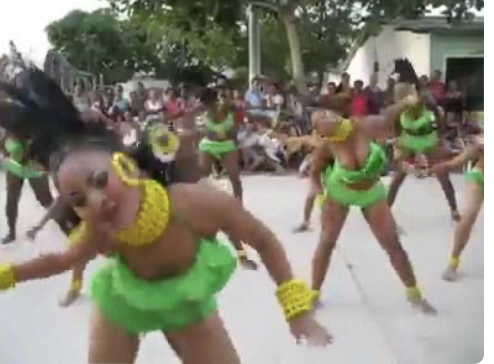Mapalé: A Rhythm And Dance From Colombia
Mapalé is a vibrant and energetic traditional dance and music style that originates from northern Colombia, specifically in the coastal city of Cartagena. Its roots trace back to Africa, reflecting the rich cultural heritage of the African diaspora in Colombia.
In Cartagena, one of the first free towns established by formerly enslaved people was San Basilio de Palenque. These communities, known as palenques, emerged as havens for formerly enslaved individuals who rebelled against their oppressors. Within these palenques, people cultivated a distinct cultural identity that celebrated their African heritage. They developed unique dance styles, music, and drumming techniques that are key components of their cultural expression.
Drumming and Dance
The drum plays a crucial role in Mapalé, providing both rhythm and a powerful connection to its African roots. The tambor alegre (the joyous drum) and tambor llamador (the calling drum) are essential instruments in this musical style. These drums are often played in ensembles that create complex polyrhythmic patterns, making the music both lively and infectious. The rhythms of Mapalé are characterized by a fast tempo and syncopated beats, encouraging participants to engage physically and energetically.
The dance itself is marked by lively, rapid movements, emphasizing hip and torso isolation, with dancers often showcasing significant athleticism and improvisation. Traditionally performed in groups, Mapalé incorporates call-and-response elements, allowing the dancers and musicians to interact dynamically. Dancers often wear vibrant costumes, featuring bright colors and patterns, which enhance the visual spectacle of the performance.
Cultural Significance
Mapalé, along with other traditional Colombian rhythms like Bulerengue and Cumbia, carries deep cultural significance and serves as a reminder of the resilience and creativity of the Afro-Colombian communities. These art forms are not only an expression of cultural pride but also a form of resistance and an affirmation of identity.
In recent years, there has been a resurgence of interest in Mapalé and other Afro-Colombian cultural practices. Festivals and cultural events celebrate these traditions, ensuring that they continue to thrive and evolve.

